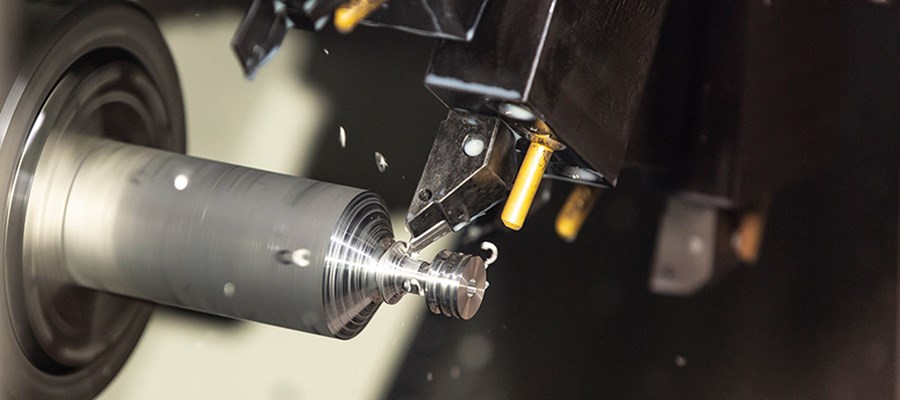
Multilateralized Cracks
In the solidified crystallization front, under the action of high temperature and stress, the lattice defects move and aggregate to form a secondary boundary, which is in a low plastic state at high temperature, and cracks are generated under the action of stress. Multilateral cracks mostly occur in the welds of pure metals or single-phase austenitic alloys or in the vicinity of the seam, and they belong to the type of hot cracks.
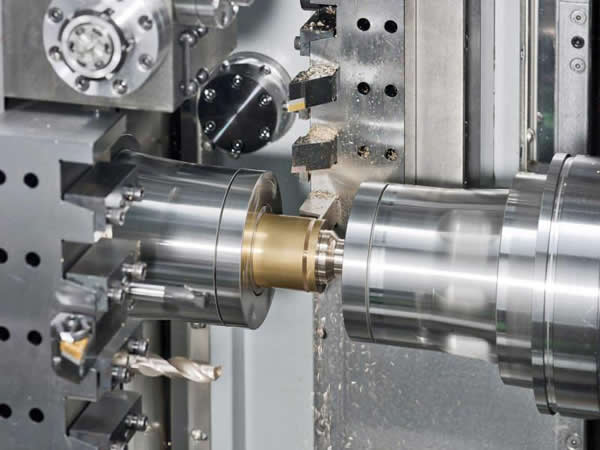
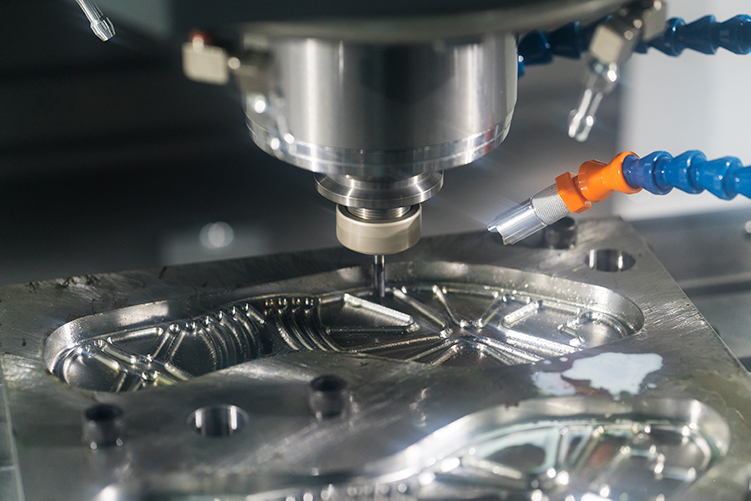
Reheat Cracks
For steels with thick-plate welded structure and some precipitation-strengthening alloying elements, the cracks that occur in the coarse-grained parts of the welding heat-affected zone during stress relief heat treatment or service at a certain temperature are called reheat cracks. Reheat cracks mostly occur in the coarse-grained parts of the welding heat-affected zone of low-alloy high-strength steels, pearlitic heat-resistant steels, austenitic stainless steels and some nickel-based alloys.
Cold Cracks
Cold cracks are a more common type of cracks produced in welding, which are produced when the temperature is cooled to a lower temperature after welding. Cold cracks mainly occur in the welding heat affected zone of low alloy steel, medium alloy steel, medium carbon and high carbon steel. In individual cases, such as when welding ultra-high-strength steels or certain titanium alloys, cold cracks also appear on the weld metal.
According to the different steel types and structures to be welded, there are also different types of cold cracks, which can be roughly divided into the following three categories:
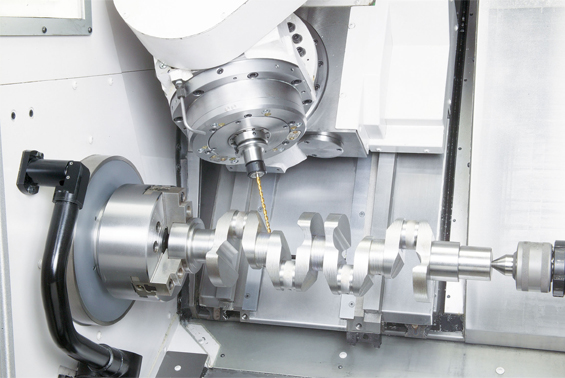
Delayed Crack
It is a common form of cold cracks. Its main feature is that it does not appear immediately after welding, but has a general incubation period, and is a crack with delayed characteristics generated under the combined action of hardened structure, hydrogen and restraint stress.
Quenching Cracks
This kind of crack is basically not delayed, it is found immediately after welding, sometimes it occurs in the weld, sometimes it occurs in the heat affected zone. Mainly there is a hardened structure, cracks generated under the action of welding stress.
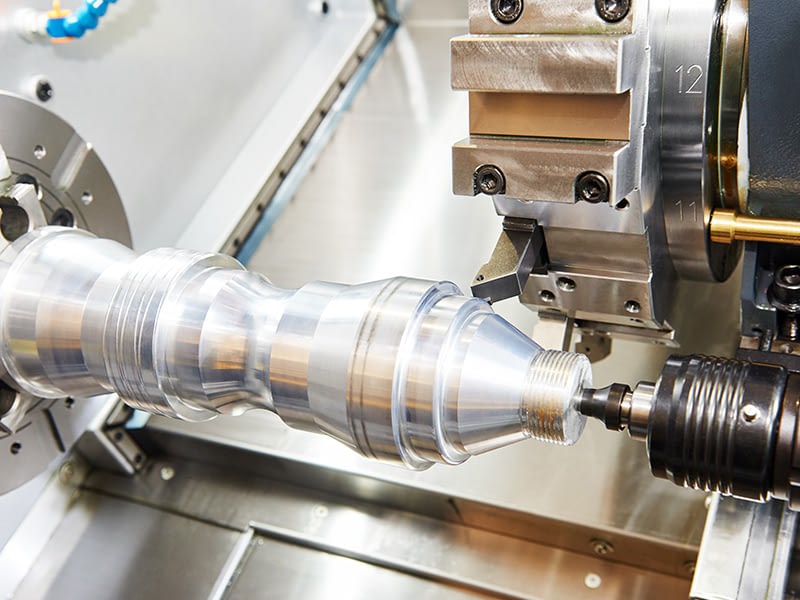
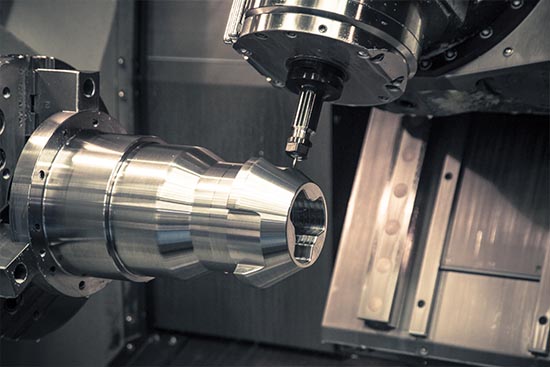
Low Plastic Embrittlement Crack
For some materials with low plasticity, when cold to low temperature, the strain caused by the shrinkage force exceeds the plastic reserve of the material itself or the cracks caused by the material becoming brittle. Because it is produced at a lower temperature, it is also another form of cold crack, but there is no delay phenomenon.
Laminar Tearing
In the manufacturing process of large oil production platforms and thick-walled pressure vessels, step cracks parallel to the rolling direction sometimes occur, so-called laminar tearing.
Mainly due to the existence of layered inclusions (along the rolling direction) inside the steel plate, the stress generated during welding is perpendicular to the rolling direction, resulting in a "stepped" layered shape in the heat-affected zone farther away from the fire torn.
Stress Corrosion Cracking
Delayed cracking of certain welded structures (such as vessels and pipes) under the combined action of corrosive media and stress. The factors affecting stress corrosion cracking include the material of the structure, the type of corrosive medium, the shape of the structure, the manufacturing and welding process, the welding material, and the degree of stress relief. Stress corrosion occurs during service.
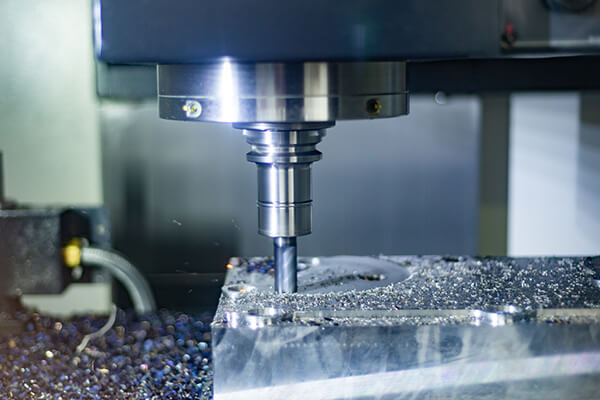
Post time: Apr-24-2022
